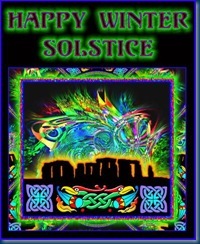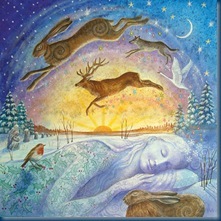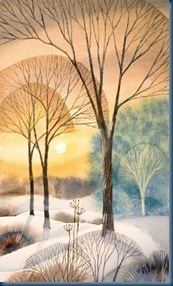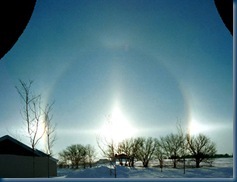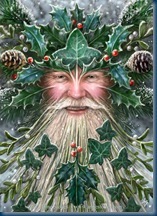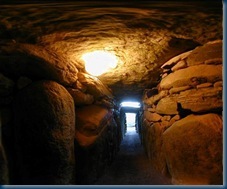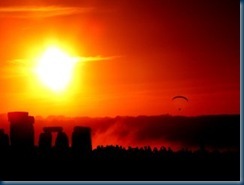TOTAL LUNAR ECLIPSES

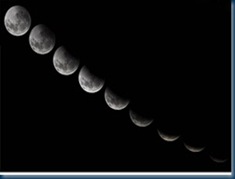
This is the first time in nearly 400 years a Total Lunar Eclipse has taken place in conjunction with the Winter Solstice. The last time was December 21st 1638 and such an event will not be repeated again until December 21st 2094. The official astronomical date for the Winter Solstice is December 22nd
A lunar eclipse occurs when the Moon moves through the Earth’s shadow, an event which only occurs when the Moon is full. During a Total Lunar Eclipse the Earth and the Moon are arrayed almost exactly in
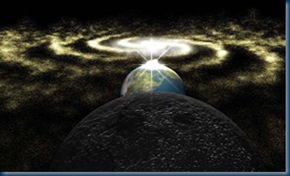 line, with the Moon and the Sun on opposite sides of the Earth. The last one occurred in February 2008. This Winter Solstice Eclipse, known as “Selenelion” or the “Horizontal Eclipse” – when the Sun and the eclipsed Moon can be seen simultaneously, showing above the horizon at opposite points in the sky, is a once in a lifetime experience.
line, with the Moon and the Sun on opposite sides of the Earth. The last one occurred in February 2008. This Winter Solstice Eclipse, known as “Selenelion” or the “Horizontal Eclipse” – when the Sun and the eclipsed Moon can be seen simultaneously, showing above the horizon at opposite points in the sky, is a once in a lifetime experience.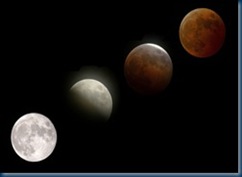
DECEMBER 21ST 2010 TOTAL ECLIPSE
The Full Moon began moving into the Earth’s shadow about 06:32 GMT. The Total Eclipse got underway about 07:40 GMT and reached maximum at 08:17 GMT, lasting a total of 73 minutes, ending 08:53 GMT. The best views in UK were from the Northern skies, the Southern skies being totally obscured by heavy cloud cover. Also during totality the Moon moves through the Northern of the Earth’s shadow or “Umbra” so the Southern half was much darker.MOON OF RED-FIRE
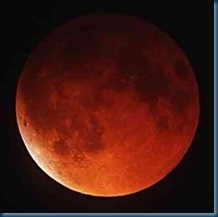
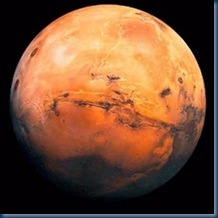
How bright a Total Lunar Eclipse proves to be is dependant on atmospheric conditions on Earth, as all the light that falls on the Moon has to first pass through Earth’s atmosphere. During this Winter Solstice this Total Lunar Eclipse the Moon turned a deep coppery red, in shades akin to Mars, and was much darker than normal.
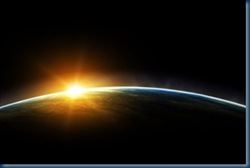
Seen from the Moon, when the eclipse is underway the rim of planet Earth would appear to be on fire. This is the result of seeing every single sunrise and every single sunset in the world all at the same time. This creates an incredibly powerful light which filters through to the very centre of the Earth’s dark umbra, lighting it up with a copper-red glow. Consequently the Moon is transformed into a world of glowing ember red, sending colours the shade of fire dancing across the fallen snow of Earth.
